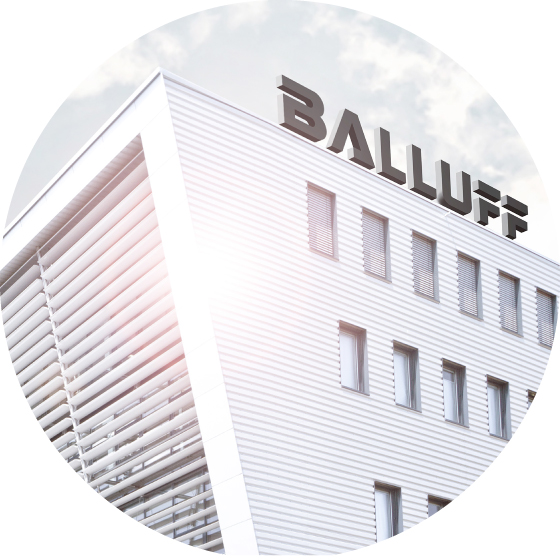Increasing overall equipment effectiveness (OEE) through digitalization
6 examples for optimizing your OEE

Reading Time: minutes
In today's fast-paced production world, increasing overall equipment effectiveness (OEE) is crucial to a company's success. But how can digitalization help to increase productivity? In this blog post, we look at how innovative technologies and smart automation solutions can positively influence the three pillars of OEE - availability, performance and quality.
The importance of OEE
OEE is a key indicator that summarizes the efficiency and performance of a production plant in a single percentage. A high OEE means that a plant is operating virtually fault-free, producing at full capacity and manufacturing products of the required quality. The following approaches and technologies can have a decisive influence on the OEE, as they have a significant impact on the main components "availability, performance and quality".
Digitalization as the key to optimizing OEE
1. Intelligent automation technology
The use of IO-Link technology in automation technology is a prime example of how digitalization can increase OEE. IO-Link enables seamless, bidirectional communication between sensors, actuators and the control level. This leads to simplified system configuration, more precise control and more efficient monitoring of production processes. Thanks to the comprehensive recording of production-relevant machine and system parameters, potential weak points and errors can be identified quickly and easily. This results in higher product quality and reduced downtimes.
2. Digital format changeover
The individualization of packaging (even for small batch sizes) and the multifunctional use of packaging machines are leading to increasingly frequent format changes in production. With the help of guided changeover solutions (Guided Changeover Solution - "GCS"), set-up processes can be accelerated and errors in format changeover processes can be avoided. This not only saves time, but also increases the overall efficiency of the systems by reducing scrap production due to incorrectly parameterized formats.
3. Condition monitoring
The Condition Monitoring Toolkit(condition monitoring of the system or individual components, also with condition monitoring sensors) plays a central role in predictive maintenance and servicing with the help of early fault detection. Through continuous monitoring and analysis of operating data, maintenance intervals can be optimized and unplanned downtimes reduced. This significantly increases the availability and efficiency of the systems. In addition, this status data can be used for a time-optimized ordering process or intelligent warehousing of wear and spare parts.
4. Smart conveyor technology
The integration of intelligent sensors and IO-Link components in conveyor systems, such as conveyor belts or roller conveyors, enables efficient material flow control. This helps to identify and avoid bottlenecks, which increases plant availability and minimizes downtime.

5. Traceability
The traceability of products and materials is a decisive factor for quality assurance and efficiency in modern production. To ensure that the right product is in the right place at the right time, optical identification systems (e.g. code reading) and RFID technologies are used. These systems enable products to be recorded quickly and accurately and are essential for seamless traceability and documentation along the entire supply chain. They help to control product quality, carry out recalls efficiently and ensure compliance with legal regulations.

6. Quality control
The continuous improvement of product quality and the minimization of rejects are key challenges in modern production. The RadarImager uses advanced radar technology to enable non-invasive and high-precision monitoring and analysis of objects. This technology is able to detect different materials and objects through optical barriers such as packaging. This enables comprehensive quality control of products, even if they are already packaged.

Conclusion
Digitalization offers immense potential for increasing overall plant efficiency. By using modern technologies and systems, companies can increase their productivity, reduce costs and improve their competitiveness. Be inspired by the possibilities and find out how your company can improve its OEE. You can also find further approaches and practical examples in the guideline: Maximum Performance: 7 Steps to OEE Excellence
Watch our "Meet our Expert" video on the topic of OEE:
Keywords
- OEE
- Condition Monitoring
- IO-Link
Author

Balluff EMEA
We are your partner for innovative solutions in industrial automation. With our passion we improve your competitive position with speed and results. With our 100 years company history and more than 60 years of sensor experience, Balluff is a world leader and one of the most efficient manufacturers of sensor technology.
30 Contributions
Comment
Popular posts
An easy way to remember PNP and NPN sensor wiring
Real-time speed of IO-Link wired
Advantages of inductive proximity sensors in industry
Automation for intralogistics: a practical perspective
Contact form
Do you have any questions or suggestions? We are at your disposal.
Balluff GmbH
-
Zabergäustraße 8
73765 Neuhausen a.d.F.
